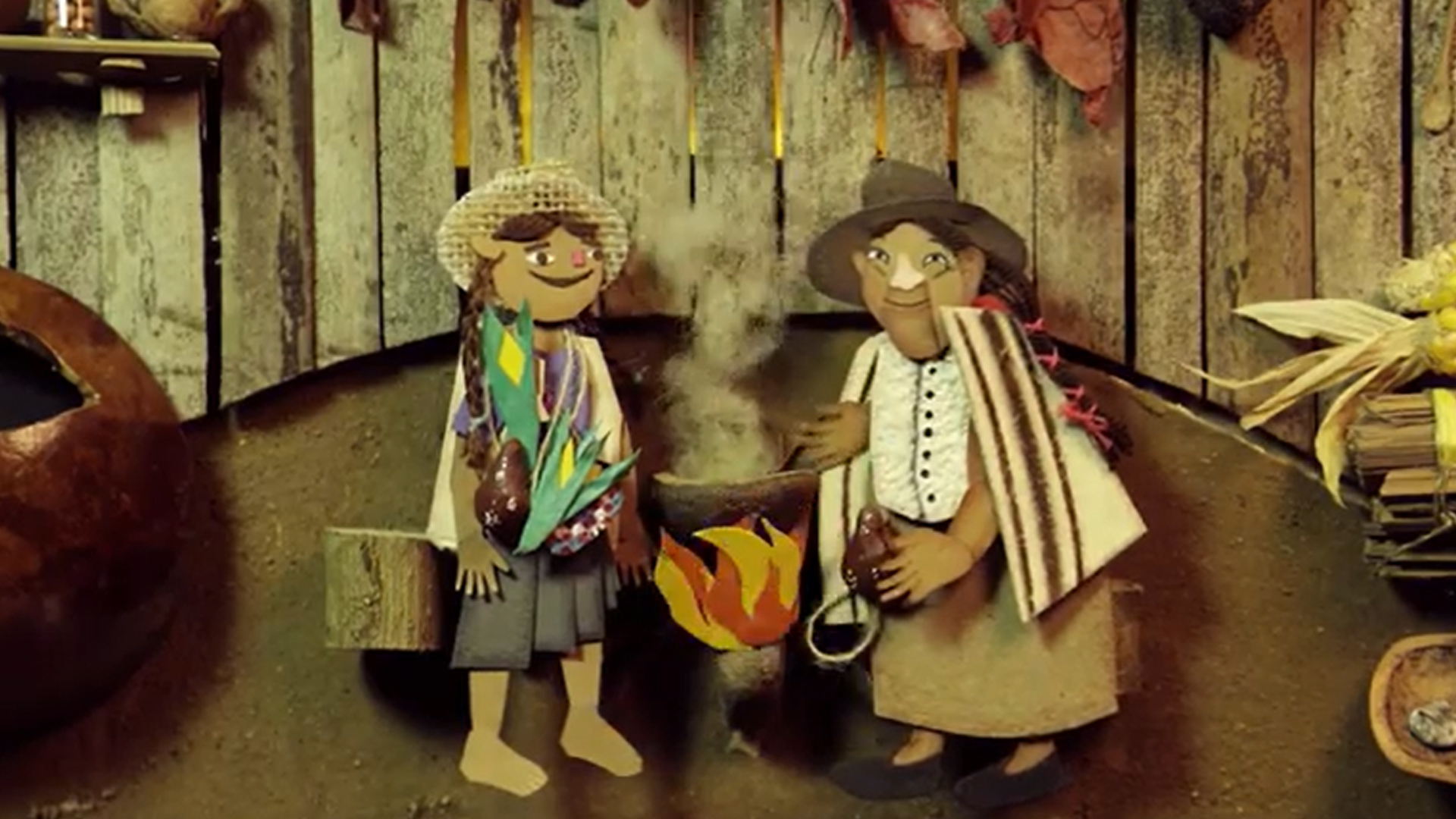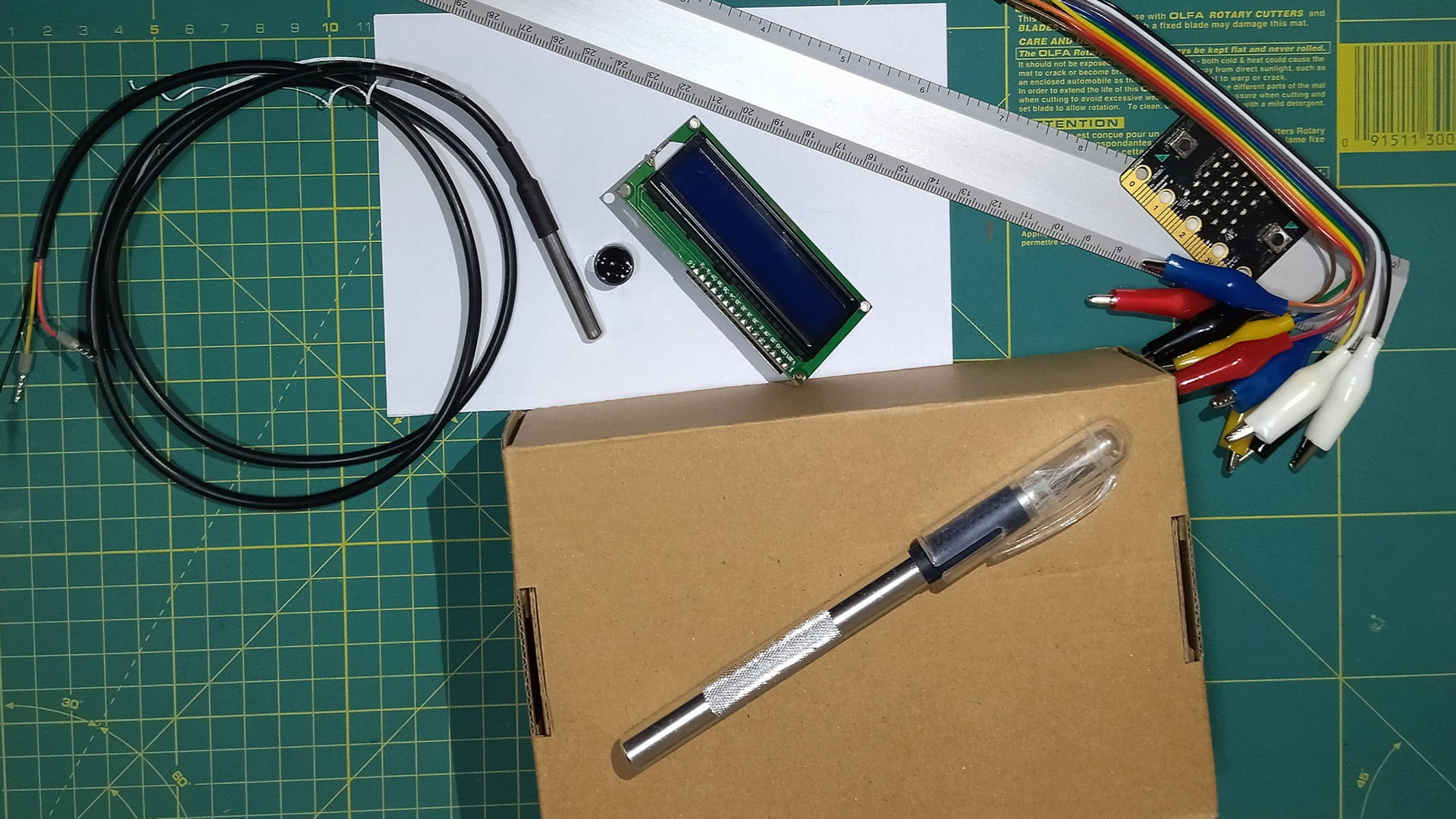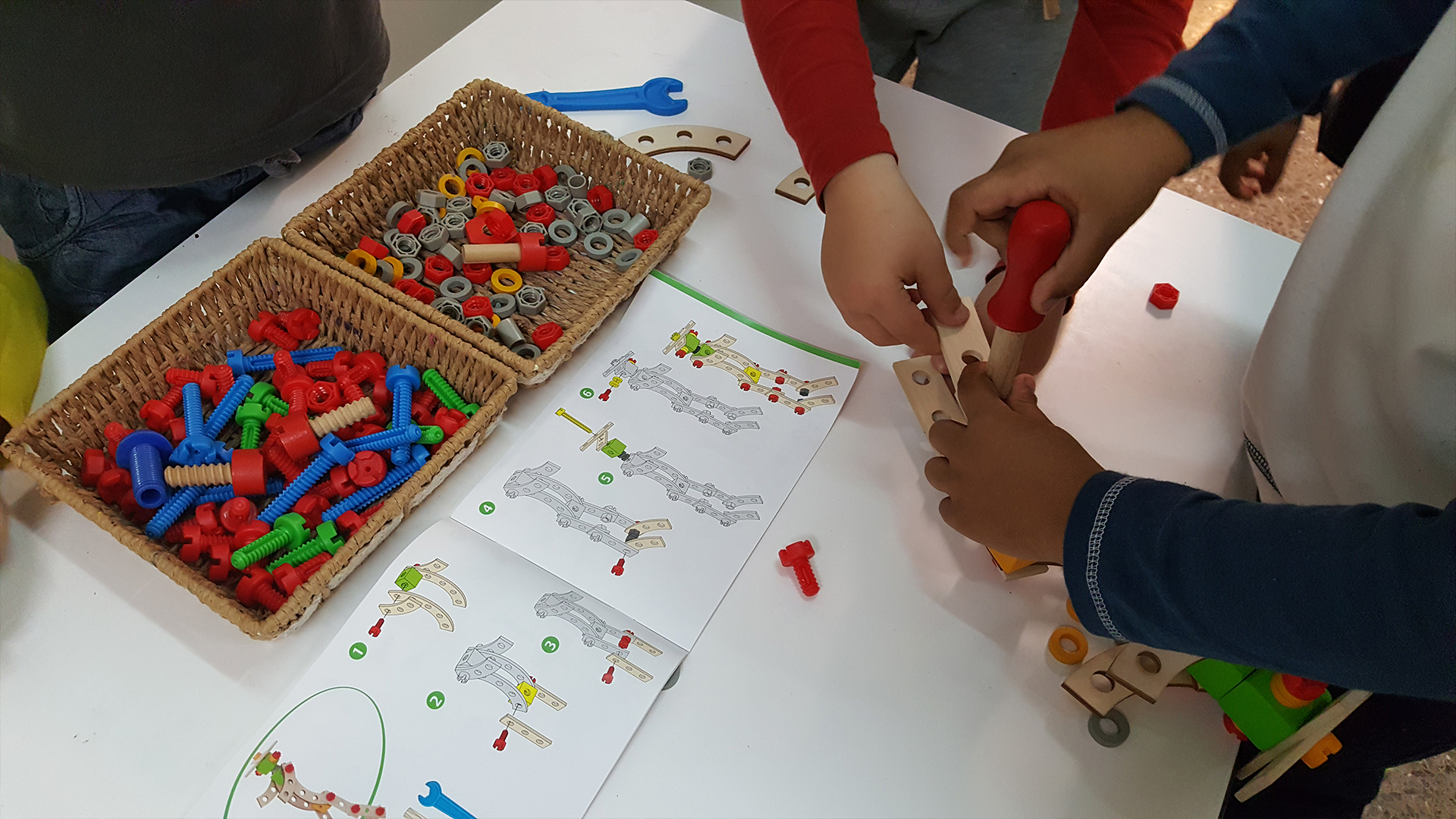Media Literacy
Classroom Experience
Animation as a strategy for interculturality
Instituto Técnico Agropecuario Nasa We`sx Kiwe, Caldono, Cauca, Colombia. Show map
Students create didactic content collectively through the stop-motion technique to spread ancestral knowledge and contribute to building more inclusive societies. At the same time, the community learns about ICTs and technological advances.


Context
The experience started in 2011 to create leisure spaces in the Pioyá indigenous reservations (Caldono, Cauca) as a response to the violence generated by the armed conflict that highly affected the youth because of forced recruitment practices. Against this background, the proposed interdisciplinary project aimed at building stories collectively to facilitate understanding rituality in indigenous contexts, encourage autonomy, identity and cultural diversity through the ICTs, and foster students’ school completion.
Highlights...
The experience brought about innovative dynamics in the community and influenced many young people to abandon their links with armed groups.
The collective building of animated stories developed the students’ creative skills.
The experience also encouraged critical analysis of the collected information to construct audiovisual content.
Objectives
Didactic sequence
1
![]()
Topic research
Have a clear idea of what you want to tell and research in the community. In this case, we worked with ancestral knowledge about the conceptions and representations of time.
2
![]()
Story creation and design
Have students narrate a story on the chosen topic, with character identification, scenarios, etc. Design the necessary characters and backgrounds for the story.
3
![]()
Sounds
Record the voices and select the sound recordings to create the story.
4
![]()
Animation
Edit the video to animate in stop motion.
Assessment and conclusions
Successes
The vindication of indigenous peoples’ cosmovisions.
The appropriation of technological tools added value to sharing indigenous peoples’ ancestral knowledge.
Young people abandoned their links with armed groups.
Things to improve
When sharing and carrying out the experience in the different territories, the need for technological equipment to develop the proposal (computers, cell phones or lights) became evident.
Create a bank of images and soundscapes and develop an archival system to keep the created characters and scenarios for later use.
Widen the intercultural dialogue to create contents that spread other conceptions of the world, complementing the collective construction of caring for mother earth.
We share the experience with the community to see reactions and present it in assembly to assess, among others, the adequate recording and representation of the mother tongue.

Take this experience to your classroom!
Tips to adapt the experience to your classroom
1
Teamwork
Form an interdisciplinary working collective to create the project, and approach it from different disciplines.
2
Contextualization
It is key that the audiovisual production responds to a specific and relevant need of the school/community.
3
Alliances
If the community lacks resources, find alliances with Ministries of Culture or ICT, or organizations related to audiovisual production.
4
Do not associate technology with connectivity
In outlying rural areas, there is very limited or no connectivity. However, the indigenous communities acknowledge the power and influence of the media. For this reason, implementing this experience with technological tools in areas with no connectivity enables the communities to narrate themselves heartfeltly, managing content that responds to their contexts’ needs and priorities.





